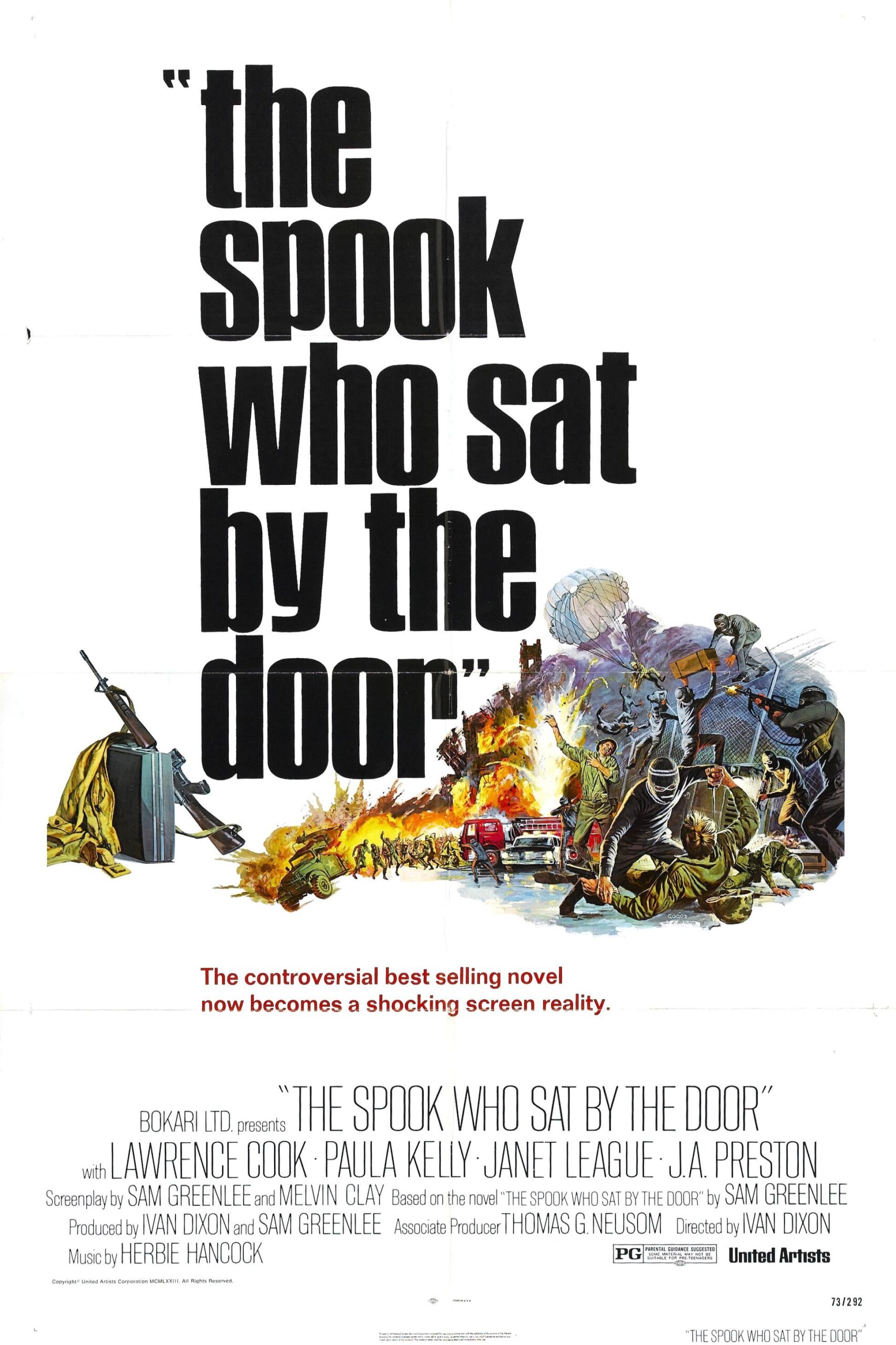

When the United States withdrew from Afghanistan in August 2021, you couldn’t avoid the international coverage of the chaos around that major event, one that ceded control of the country back to the Taliban. When the final plane had left and the journalists returned to their home countries, the story didn’t end. And that’s where Ibrahim Nash’at entered the picture, traveling to Kabul to document the transition of the Taliban from a militia to a regime. His film “Hollywoodgate” rarely leaves the former American base that gives it a title, showing both the mundanity of life on the base and the planning for what could be a violent future for the region, and possibly the world.
One of the most interesting aspects of Nash’at’s film is the question of how much his subjects are playing to the cameras, creating a bit of propaganda embedded in the film’s construction. Opening and closing narration by Nash’at himself speaks to the idea that what they wanted to show him and what he wanted to show may not have been the same thing, and it’s that conflict that gives “Hollywoodgate” its power.
“If his intentions are bad he will die soon.” This is only one of several times that Nash’at captures Taliban members not only speaking about his existence in their space, but essentially threatening him in a way designed to provoke a film that unfolds the way they want it to unfold. Nash’at’s main subject ends up being Mawlawi Mansour, the Commander of the Air Force. Mansour is a confident figure, someone who strides through Hollywood Gate – the spelling of the actual base and the film’s title are slightly different, for the record – barking orders at his underlings, mostly about trying to get it back up and running as much as possible. The Americans left $7 billion worth of American weaponry at the base, including planes and helicopters that they basically dismantled but didn’t destroy, leading Mansour’s team to work diligently to reconnect the right wires to get them airborne. “Hollywoodgate” opens with soldiers finding booze and Red Bull in a freezer; it closes with them showing off their new flying, killing machines. This is how the world changes.
Nash’at reportedly spent a year with the people at Hollywood Gate, and so what he chooses to reveal over barely over 90 minutes is telling. There’s a lot of marching around the base, moments in which it feels like Mansour is trying to show off, but the film also settles on shifts in women’s rights in the country now led by the Taliban – a bunch of men sitting around talking about women while they watch the news. (In November and December 2022, the Taliban banned women from entering public parks or receiving an education.) There’s a cruel mundanity to a lot of “Hollywoodgate,” men who have a lot of opinions and a lot of time to kill when they’re not killing insurgents near the base, practicing with weapons left behind by the Americans, or even creating their own propaganda.
“Hollywoodgate” ends in a sequence that’s striking in its terror, a scene in which the Taliban basically shows off what the Americans left behind for other enemies of our country like Russia and China. It’s one of several moments in the film that feel like it almost shouldn’t exist. We don’t often see the curtain torn down like this, and we’re not often given access to exhibitions of power like this one. On the other hand, it’s a form of propaganda, a show of might to the world that Mansour would probably admire, even as he’s ordering his helicopter pilot to slow down to make it last.
“Hollywoodgate” is a study in cinematic journalism, a way to fill in the gaps in what the horrendous state of journalism lets slip in the 2020s. The writers and news agencies who left Kabul in 2021 only told one small part of a story that’s still unfolding as the new leaders trample women’s rights and fail their own population – Human Rights Watch estimated in March of this year that more than two-thirds of the country didn’t have enough food. It’s a film that feels like an overture to an international crisis, a warning as much as a documentary.



